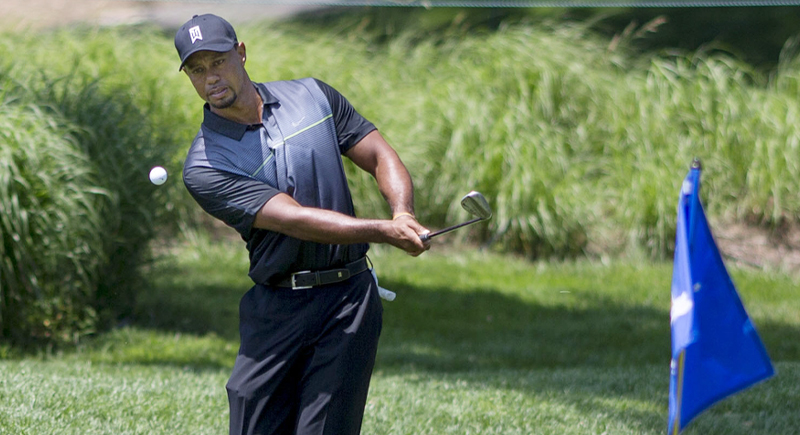The Importance of ‘Timing’ in Generating Golf Swing Speed Explained
Watching a professional golfer swing is mesmerizing. The motion looks so smooth and effortless that you almost forget how much precision is behind it. Timing, especially, is the hidden element that separates a solid swing from a sloppy one, and when paired with the right tempo, it turns a decent golfer into one who hits the ball with both control and speed.
What Timing and Tempo Really Mean

Image via Wikimedia Commons/Keith Allison from Hanover, MD, USA
Timing in golf includes how your hands, arms, hips, and legs move together in a synchronized sequence. When one part moves out of sync, everything else breaks down. Tempo, on the other hand, is your rhythm, the pace at which the swing happens. Some players swing fast, others slow, but the most successful golfers share one thing: they repeat their tempo consistently.
A slower tempo doesn’t automatically mean better timing, and swinging fast doesn’t guarantee distance. The goal is a balanced motion that stays controlled through every phase. Professionals like Tiger Woods and Jon Rahm show that a fast tempo can produce power and accuracy, while Ernie Els proves that a smooth, slower rhythm can be just as effective. What matters most is keeping tempo steady from the start of the backswing to the end of the follow-through.
Why Timing and Tempo Matter

Image via iStockphoto/piyaset
Timing is the glue that holds your golf swing together. Without it, power leaks out, and the motion becomes disconnected. Proper timing allows energy to move efficiently from your body to the club for strong and consistent contact. When your swing is timed correctly, the clubface meets the ball squarely.
Tempo adds rhythm and repeatability. A consistent tempo helps you stay calm and steady, even in tense moments. It also improves sequencing, which means your lower body starts the motion while your upper body follows naturally. When timing and tempo work together, your swing gains smooth acceleration through the ball instead of forced power. This combination is what gives professional golfers their seemingly effortless control.
Simple Ways to Improve Timing and Tempo
One of the easiest ways to improve rhythm is to develop a pre-shot routine. Take a deep breath, picture your shot, set your stance, and swing confidently. Repeating this process helps your body find a natural pace and reduces rushed movements.
Another proven method is counting in your head. Say “one” during the backswing and “two” on the downswing. This keeps your motion smooth and prevents jerky transitions. Many golfers also use a metronome or a tempo trainer to reinforce consistent rhythm. The beats help you stay aware of your swing’s timing, similar to how musicians stay on tempo.
Balance and stability are just as important. If your weight shifts too early or too late, your timing will suffer. Practicing yoga or core stability exercises can help keep your body centered. Recording your swing on video can also be eye-opening. It lets you see where timing breaks down, such as a rushed takeaway or uneven tempo.